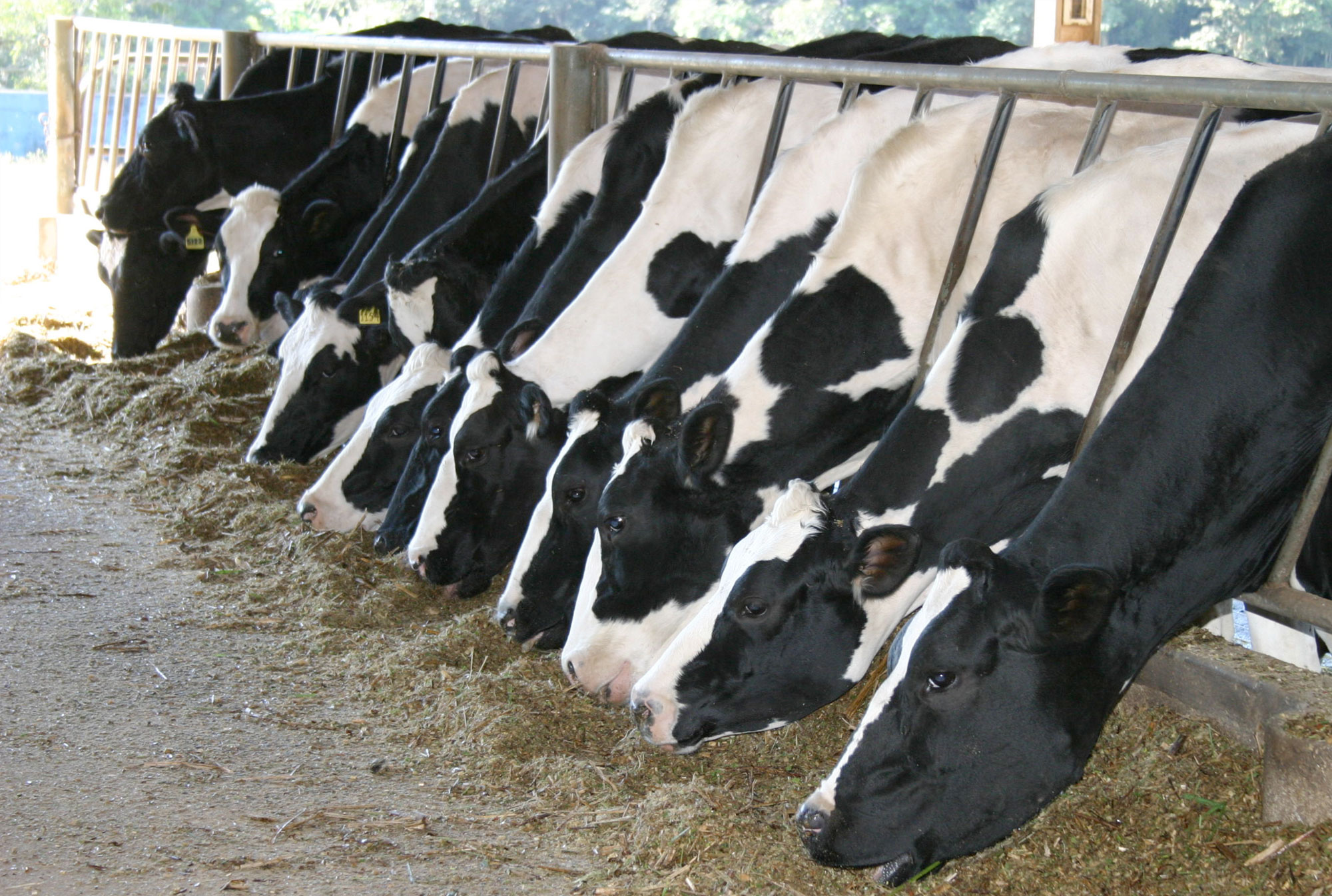Lactating cows experience heat stress, particularly during peak milk production, and dry cows experience heat stress particularly during the transition period. To minimise the impact of heat stress in dairy cows, confinement systems have emerged as an alternative to enhance production, to increase milk quality, to ensure herd health and welfare conditions, and to improve the thermal comfort of cows.
The thermoneutral zone in dairy cattle is described as the range of ambient temperature in which normal metabolism provides enough heat to maintain a constant body temperature. Thermal comfort indices describe how the cow body experiences ambient temperature, humidity, wind, and radiation.
The thermoneutral zone and thermal comfort indices are used to interpret interactions between the environment and animals according to individual characteristics. The thermal comfort indices related to dairy cows include temperature and humidity index, black globe temperature index, equivalent temperature index, effective temperature for dairy cows, respiratory rate predictor, temperature-humidity adjusted, heat load index, comprehensive climate index, and equivalent temperature index.
Thermal stress indicators in confinement systems
The leading thermal stress indicator applied in dairy production systems is the temperature and humidity index, both of which are easily measured. However, the temperature and humidity index is a general and indirect indicator that does not consider individual cows, which may therefore be inadequate to meet dairy cattle needs. Thus, it is recommended to link the temperature and humidity index with behavioural and physiological parameters to evaluate heat stress in dairy cows.
The temperature and humidity index up to 74 represents a safe environment, a range of 75 to 78 requires alertness, a range of 79 to 83 is dangerous, and the temperature and humidity index above 84 represents severe heat stress for cows.
Thermal stress response in confinement systems
Thermal stress causes acute and chronic responses. The acute response initiates from the homeostatic regulators of the endocrine and nervous systems, and the chronic response originates from the homeorhetic regulators of the endocrine system.
Thermal stress response affects the metabolism of dairy cows, leading to body thermoregulation energy loss to reduce the internal temperature.
Alteration in dairy cow behaviour
Behavioural changes including decrease in the time spent lying down, reduced feeding events, increased walking behaviour, decreased dry matter intake and rumination. Increased water trough visits are the first response to heat stress.
Lower dry matter intake limits the amount of nutrients to the mammary glands, thereby reducing milk production. In addition, cows spend more time standing to reduce heat absorption through long wave radiation arising from the bedding, facilitating the circulation of cooler air and aiding heat dissipation through convection. However, reduction in resting time may result in productivity and welfare issues.
Thermoregulatory resources in confinement systems
Water is an essential thermoregulatory resource for cows; however, in confinement systems the ventilation system is essential to promote the dissipation of the cow’s internal heat to the environment when the air is colder than the cow’s body temperature.
When dairy cows are in thermal discomfort, they search for ventilated areas more frequently. However, this process takes 3-4 days to properly balance the bodily heat loss in cows. Thus, the confinement housing systems should decrease cow exposure to excessive environmental heat, control the indoor thermal environment using a proper ventilation system, and design evaporative cooling systems to avoid heterogeneity of the environment, to prevent intervention in the thermoregulation of body temperature in dairy cows and to decrease the risk of heat stress in these systems.
Conclusion
Heat stress is a major concern in the dairy production systems with deleterious impacts on dairy cattle health, welfare, reproduction performance, and productivity traits. Understanding the concepts of thermoneutral zone, thermal comfort indices, thermal stress indicators, and thermal stress response, including changes in behaviour, is useful to recognise heat stress.
Confinement systems have emerged as an alternative to improve the thermal comfort of cows; however, it is essential to equip the confined areas with proper thermoregulatory resources to reduce the risk of heat stress.
Font:

